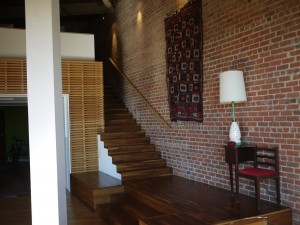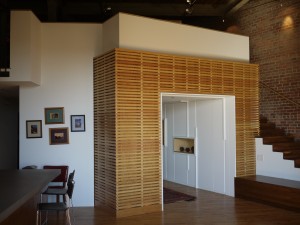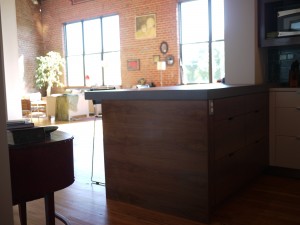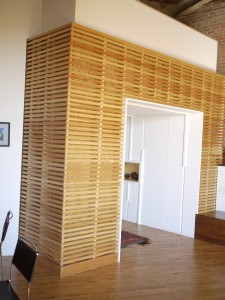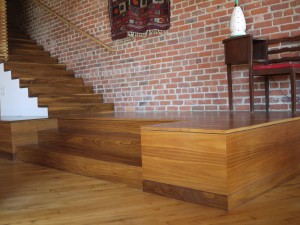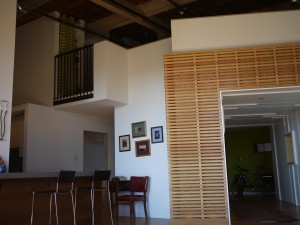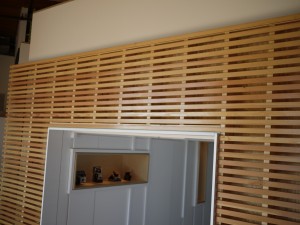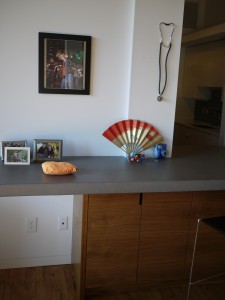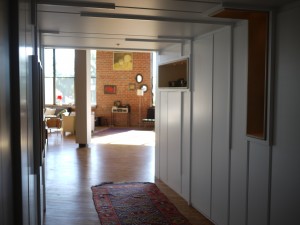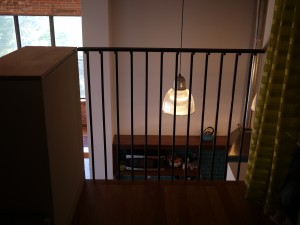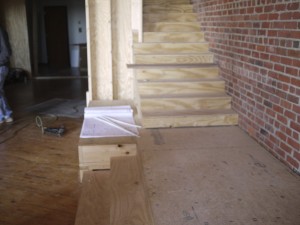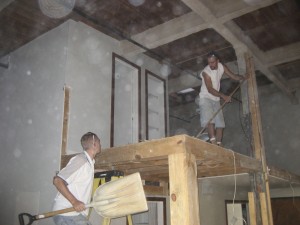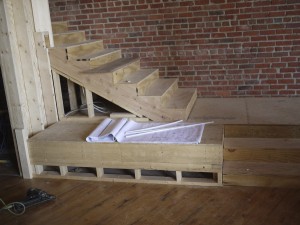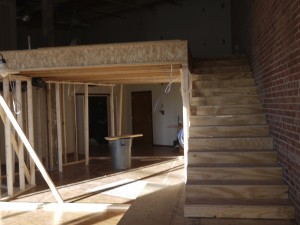In the Spring of 2013, I partially flipped my “Introduction to probability” class (math 230 at Duke). If you don’t know what I mean by flipping or partially flipping a class, all will be explained presently. When this all started, I had never heard of flipping either. (And I might have made up partially flipping.)
Just to give away the ending (and hopefully encourage you to read on), the semester I partially flipped my class was the most satisfying course teaching experience I have had to date. Furthermore, I received the best evaluations and I feel I taught the bulk of the class the most I ever have before.
It all started with Sayan Mukherjee. He was teaching Intro Prob (math 230/stats 230) in the fall of 2012. One day the semester before, he excitedly proclaimed that he was going to “flip” his class. I had no idea what that meant, so I asked. (I now understand that this is all the rage and is talked about heavily in pedagogical circles.) He had decided to use videos made by a colleague at Harvard to replace the standard lectures for the class. This freed him to use all of his class time for group learning and working problems.
I found it an intriguing idea, but at first had no intention of adopting any part of it. However, over the term, I realized that I was at my best in office hours. My lectures were good, but there was nothing quite as effective as explaining something to a student who had already batted with the question first (or at least thought about it some). I began to see that the students who came to my office hours had a much better experience in the class and learned a lot more. Of course, coming to office hours regularly selects a specific subset. But I also increasingly valued to more iterative mode of learning and teaching.
Nonetheless, I decided that it was time to rethink my teaching. Driven by my experiences in the non-majors class “Math Everywhere” and my general feeling that I needed to better my engage students. The more I talked with Sayan the more I wanted to adopt some of the things he was doing. Furthermore, we both grew to feel that completely replacing the lectures with 45min-60min video lectures was not the best idea. A governing principle developed that the students could only be consistently expected to watch videos which were around 7-10min (15 min at most).
By Christmas 2012-2013, I was ready to jump. I decided to make a number of short video lectures which would replace the more perfunctory initial part of the discussion of a new topic. The plan was to create short videos which mirrored the basic discussion of a topic common to any book on the topic. I tried when ever possible to pair the video with a reading assignment so that students had a choice weather to watch a video or read the book.
The videos/reading were assigned before the lecture and the students were expected to have completed the assignment before coming to class. To encourage the students to comply, I randomly give pop-quizzes during the first 5 min of class. The quizzes did not test understanding, only if they had watched the video or done the reading. For example, students were asked “which of the following was an example discussing in todays assignment ?” (The quizzes were the lest effective part of my partial flip and have been replaced by online (sakai) quizzes this year.) In class, I would quickly hit the high notes of the video and recall the main results/themes. Then I would add any finer points I wanted and quickly move to examples. Sometimes I would start with an example at the board, but whenever possible I would quickly mover to a set of equations/examples for the students to think about. I always started with something which was essentially a restatement of a example or definition already presented. I also usually tried to make the last question hard enough/open ended enough to keep the best students busy.
Usually the students started out working alone or talking with their immediate neighbors. After a few minutes I would prod them to talk in larger groups. I would circulate in the room and often make comments to various groups or the room when I saw issues which were causing confusion. I also would often suggest that two groups talk to each other if they had two different parts of the puzzle.
Then I would lead the class in a debriefing after 15-25 min had passed. Sometimes this meant that I would let groups give solutions or partial solutions. Sometimes this meant that I would lead give a solution and get feed back on why people were confused.
I found that the students were much more involved and, at least anecdotally, had better retention of information from earlier in the semester. By all metrics I can think of it was the best semester teaching I have ever had. I had more students asking to Flunch (faculty student lunch) with me than I have ever had (by far). I had more students asking for extra, out of lecture/class, information about topics we touched on. My evaluations were better than they ever have been. I also covered more material than I ever had in the class. And lastly, the students did better on what I felt were harder exams than they had in previous years. I especially noticed that the “middle” students did much better. All of these results were during a semester when I taught two sections of Math 230 each with almost 40 students.
I spent a lot of time talking to various people around campus to find a room and camera set up to make my videos. After being bounced around and discovering that none of the rooms were well configured for someone giving a black board lecture. In the end OIT and the Link sent me back to the computing staff in the mathematics department and the camera set up in Math/Physics Room 119. I recorded the first few videos in room 119, but eventually switched to recording them in my office at my blackboard using and iPad. I used a tripod mount to hold the iPad and a wide angle lens get the iPad to cover the whole (all be it small) black board. I used the iMovie software on my iPad and iMac to edit to edit the files and upload them to YouTube.
The videos are far from perfect. A number have small errors (just like real lectures). Also, I only managed to cover about 1/2 the term before I ran out of steam. In the evaluations the students lamented the videos ending which has further encouraged me to round out my collection this term.
Overall I really enjoyed this format and plan not to return to straight lecturing if at all possible. They got more out of it and I got or out of it. It was a lot of fun.















